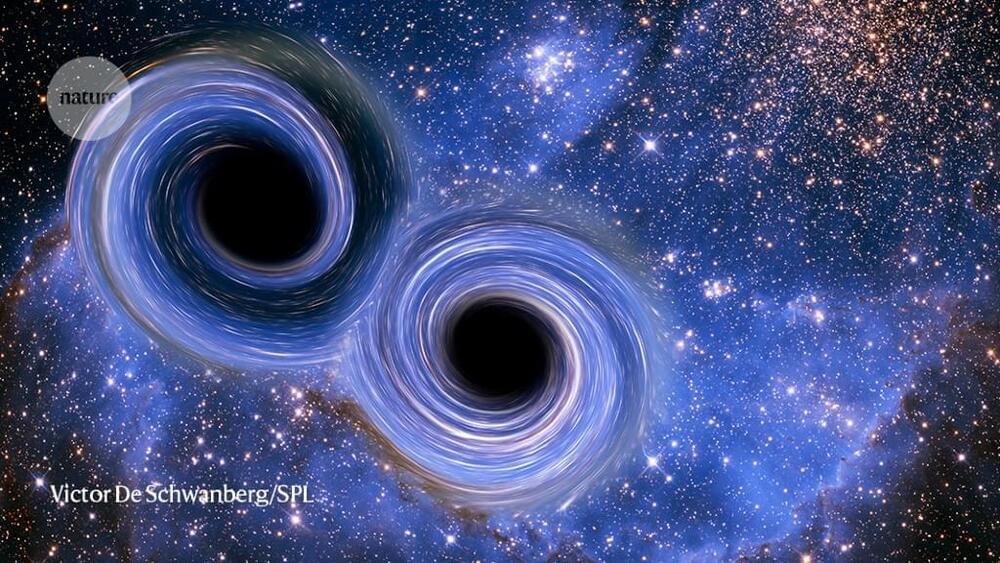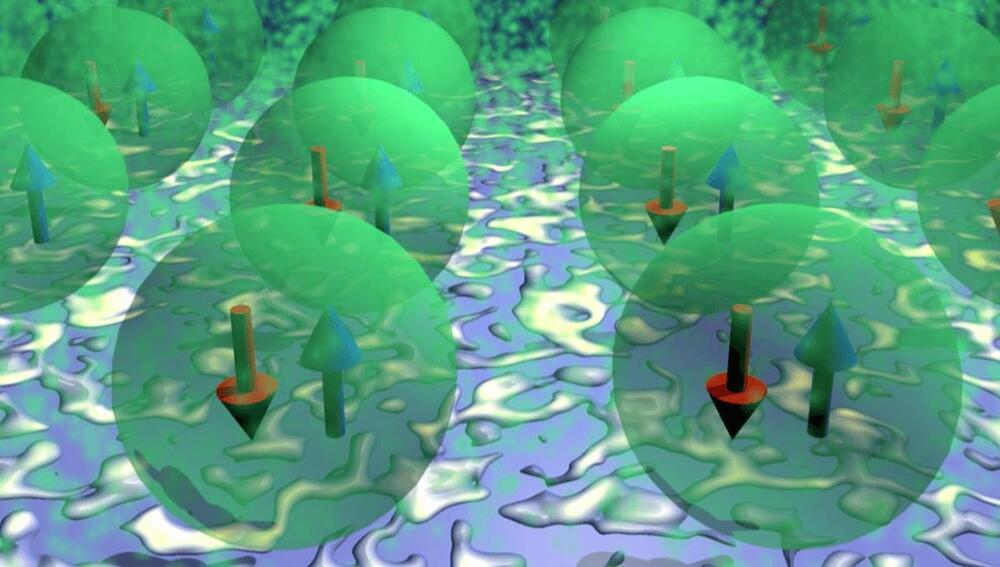Renewing the aging gut microbiome holds promise for preventing inflammatory brain and eye degeneration.



A Scanner Darkly.
by Philip K. Dick.
Read by Gary Telles.
Originally issued by NLS on cassette in 1994
I guess I’ll come back on Thursday.
This is a pretty good alternative to Paul Giamatti’s narration.
“In a near-future, drug-ridden America, narcotics agent Bob Arctor goes undercover to catch a drug dealer. In the junkie culture in which he operates (even his girlfriend is a dealer), he takes large doses of a drug that splits his brain into two separate personalities. The agent has no knowledge of his other self, who, as it turns out, is the drug dealer he is after.“
00:00:00 — (i) Book info.
00:03:03 — (01)
00:41:07 — (02)
01:16:47 — (03)
01:52:56 — (04)
02:31:37 — (05)
03:00:47 — (06)
03:37:45 — (07)
04:17:14 — (08)
05:20:03 — (09)
05:37:56 — (10)
06:07:01 — (11)
06:35:45 — (12)
07:13:55 — (13)
08:20:10 — (14)
09:12:38 — (15)
09:17:57 — (16)
09:22:50 — (17)
09:34:53 — (18)
Like these books? Want to help?
These books come from the National Library Services.
I encourage you to donate:
https://www.loc.gov/nls/about/donate/


For the first time, researchers have been able to track the behavior of triplons, a quasi-particle created between entangled electrons. They are very tricky to study and they do not form in conventional magnetic material. Now, researchers have been able to detect them for the first time using real-space measurements.
Quasi particles are not real particles. They form in specific interactions, but for as long as that interaction lasts they behave like a particle. The interaction in this case is the entanglement of two electrons. This pair can be entangled in a singlet state or a triplet state, and the triplon comes from the latter interaction.
To get the triplon in the first place, the team used small organic molecules called cobalt-phthalocyanine. What makes the molecule interesting is that it possesses a frontier electron. Now, don’t go picture some gunslinger particle – a frontier electron is simply an electron on the highest-energy occupied orbital.

Interview with Prof. Marc Sachon for the event “Artificial Intelligence: Using your power for good” (IESE Global Alumni Reunion 2022).
+ “Artificial Intelligence for Executives” Program:
https://execedprograms.iese.edu/strategic-management/artificial-intelligence/
+ “The Power of AI to Transforming Your Business Program:
https://execedprograms.iese.edu/strategic-management/artific…-business/
An exploration of how old the first alien civilizations could be, or how early in the history of the universe were planets possible.
My Patreon Page:
https://www.patreon.com/johnmichaelgodier.
My Event Horizon Channel:
https://www.youtube.com/eventhorizonshow.
Music:
This book, ‘The Singularity Is Near’, predicts the future. However, unlike most best-selling futurology books, its author, Kurzweil, is a renowned technology expert. His insights into the future are not technocratic wild fantasies but are rooted in his profound contemplation of technological principles.
This audio informs us that, due to Moore’s Law, the pace of human technological advancement in the future will far exceed our expectations. By 2045, we will reach the technological ‘Singularity’, which will profoundly alter our human condition, and technology may even enable humans to conquer the universe within a millennium.
The author, Ray Kurzweil, is a true tech maestro. He has been inducted into the National Inventors Hall of Fame in the U.S., is a recipient of the National Medal of Technology, holds 13 honorary doctorates, has been lauded by three U.S. presidents, and is dubbed by the media as the ‘rightful heir to Thomas Edison’.
In the audio, you will hear:
Moore’s Law has been around for 40 years; can it continue?
Why is it said that by 2045, humans will reach a technological Singularity?
Why are future humans described as a set of algorithms?
Is artistic creation the last bastion between humans and artificial intelligence?
BookLink:https://amzn.to/45akzPk.

Kali Linux 2023.3, the third version of 2023, is now available for download, with nine new tools and internal optimizations.
Kali Linux is a Linux distribution created for ethical hackers and cybersecurity professionals to perform penetration testing, security audits, and research against networks.
With this release, the Kali Team says there are not many new features, with most of the changes done internally to increase the overall reliability and optimization of the project.